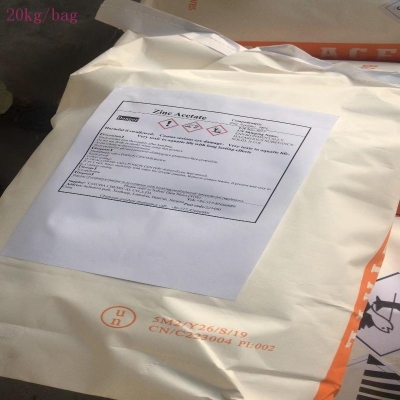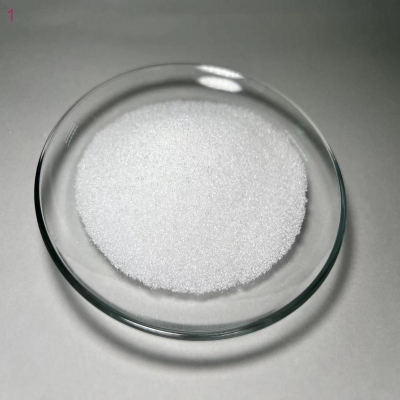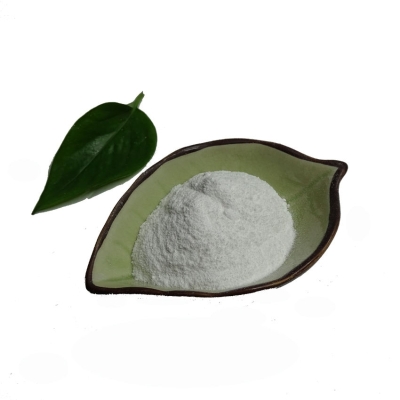-
Categories
-
Pharmaceutical Intermediates
-
Active Pharmaceutical Ingredients
-
Food Additives
- Industrial Coatings
- Agrochemicals
- Dyes and Pigments
- Surfactant
- Flavors and Fragrances
- Chemical Reagents
- Catalyst and Auxiliary
- Natural Products
- Inorganic Chemistry
-
Organic Chemistry
-
Biochemical Engineering
- Analytical Chemistry
-
Cosmetic Ingredient
- Water Treatment Chemical
-
Pharmaceutical Intermediates
Promotion
ECHEMI Mall
Wholesale
Weekly Price
Exhibition
News
-
Trade Service
Recently, the 2015 Annual Meeting of the Fertilizer Value-Added Industry Technology Innovation Alliance (hereinafter referred to as the "Alliance") held in Beijing revealed good news about the fertilizer value-added industry: this year, 7 more companies joined the alliance, adding more than 2 million tons of value-added urea production capacity.
In 2015, the alliance made breakthroughs in various tasks.
At the end of the "13th Five-Year Plan" period, the alliance aims to develop a total production capacity of 25 million tons of value-added fertilizer.
Liu Shulan, Honorary Chairman of the Alliance, said that after three years of development, value-added technology has undoubtedly become a good technology for traditional large-scale fertilizers to achieve value-added.
The "13th Five-Year Plan" period will be five years when a breakthrough has been made in the industrialization of chemical fertilizer value-added.
By 2020, the value-added urea will grow to 10 million tons.
Wang Daolong, chairman of the alliance and director of the Institute of Agricultural Resources and Agricultural Regional Planning of the Chinese Academy of Agricultural Sciences, said that the alliance team has grown, value-added fertilizer production capacity and output have doubled, variety diversification, and related technologies have won Chinese patents.
Awards and product standards have been recognized by relevant departments, and the key special projects for the research and development of comprehensive technology for reducing application and increasing efficiency will be based on value-added fertilizers, etc.
, which means that the development of value-added fertilizers has ushered in an excellent environment.
"The current number of alliance companies has reached 30, with a value-added urea production capacity of 4 million tons, an output of 500,000 tons, a value-added diammonium phosphate production capacity of 600,000 tons, an output of 100,000 tons, and a value-added compound fertilizer production capacity of 1 million tons, with an output of 300,000 tons.
"Zhao Bingqiang, secretary-general of the alliance and researcher of the Institute of Agricultural Resources and Agricultural Regional Planning of the Chinese Academy of Agricultural Sciences, said in the annual work report.
Xin Jingshu, Director of the Soil and Fertilizer Division of the National Agricultural Technology Extension Center of the Ministry of Agriculture, said that one of the important measures to achieve "zero growth" in chemical fertilizers is the innovation of fertilizer varieties.
Value-added fertilizers conform to the Ministry of Agriculture's concept of scientific fertilization and economic fertilization.
Xiu Xuefeng, vice chairman of the China Phosphate and Compound Fertilizer Industry Association, highly recognized the use of value-added technology to improve quality and efficiency of traditional diammonium.
It is recommended that a special session be established at a large-scale industry exchange meeting to recommend value-added technologies and products.
Zhao Bingqiang said that by the end of the 13th Five-Year Plan period, the alliance aims to develop 10 million tons of value-added urea, 10 million tons of value-added compound fertilizer, and 5 million tons of value-added diammonium, while striving to make fertilizer value-added technology go abroad.
In 2015, the alliance made breakthroughs in various tasks.
At the end of the "13th Five-Year Plan" period, the alliance aims to develop a total production capacity of 25 million tons of value-added fertilizer.
Liu Shulan, Honorary Chairman of the Alliance, said that after three years of development, value-added technology has undoubtedly become a good technology for traditional large-scale fertilizers to achieve value-added.
The "13th Five-Year Plan" period will be five years when a breakthrough has been made in the industrialization of chemical fertilizer value-added.
By 2020, the value-added urea will grow to 10 million tons.
Wang Daolong, chairman of the alliance and director of the Institute of Agricultural Resources and Agricultural Regional Planning of the Chinese Academy of Agricultural Sciences, said that the alliance team has grown, value-added fertilizer production capacity and output have doubled, variety diversification, and related technologies have won Chinese patents.
Awards and product standards have been recognized by relevant departments, and the key special projects for the research and development of comprehensive technology for reducing application and increasing efficiency will be based on value-added fertilizers, etc.
, which means that the development of value-added fertilizers has ushered in an excellent environment.
"The current number of alliance companies has reached 30, with a value-added urea production capacity of 4 million tons, an output of 500,000 tons, a value-added diammonium phosphate production capacity of 600,000 tons, an output of 100,000 tons, and a value-added compound fertilizer production capacity of 1 million tons, with an output of 300,000 tons.
"Zhao Bingqiang, secretary-general of the alliance and researcher of the Institute of Agricultural Resources and Agricultural Regional Planning of the Chinese Academy of Agricultural Sciences, said in the annual work report.
Xin Jingshu, Director of the Soil and Fertilizer Division of the National Agricultural Technology Extension Center of the Ministry of Agriculture, said that one of the important measures to achieve "zero growth" in chemical fertilizers is the innovation of fertilizer varieties.
Value-added fertilizers conform to the Ministry of Agriculture's concept of scientific fertilization and economic fertilization.
Xiu Xuefeng, vice chairman of the China Phosphate and Compound Fertilizer Industry Association, highly recognized the use of value-added technology to improve quality and efficiency of traditional diammonium.
It is recommended that a special session be established at a large-scale industry exchange meeting to recommend value-added technologies and products.
Zhao Bingqiang said that by the end of the 13th Five-Year Plan period, the alliance aims to develop 10 million tons of value-added urea, 10 million tons of value-added compound fertilizer, and 5 million tons of value-added diammonium, while striving to make fertilizer value-added technology go abroad.







